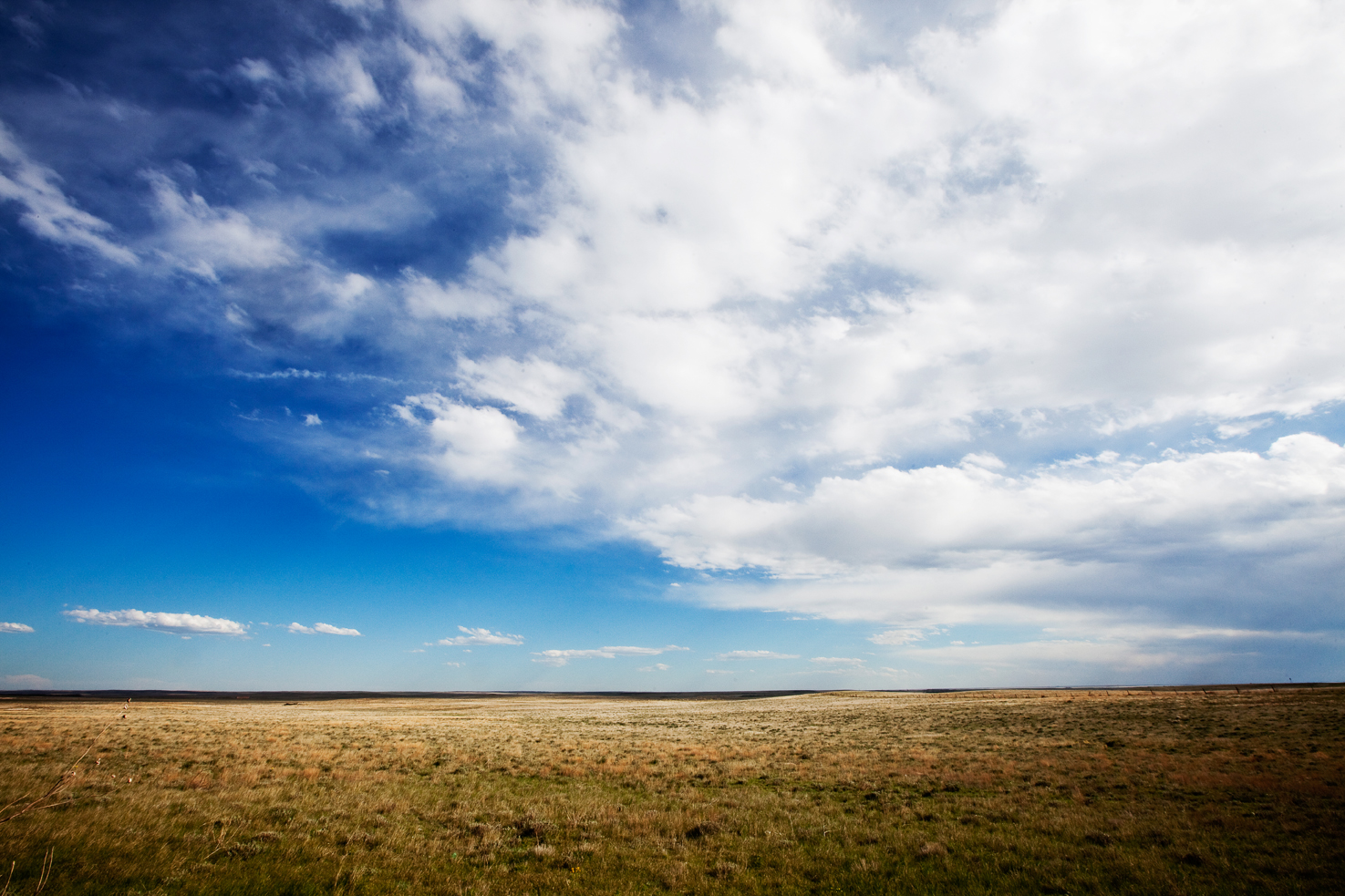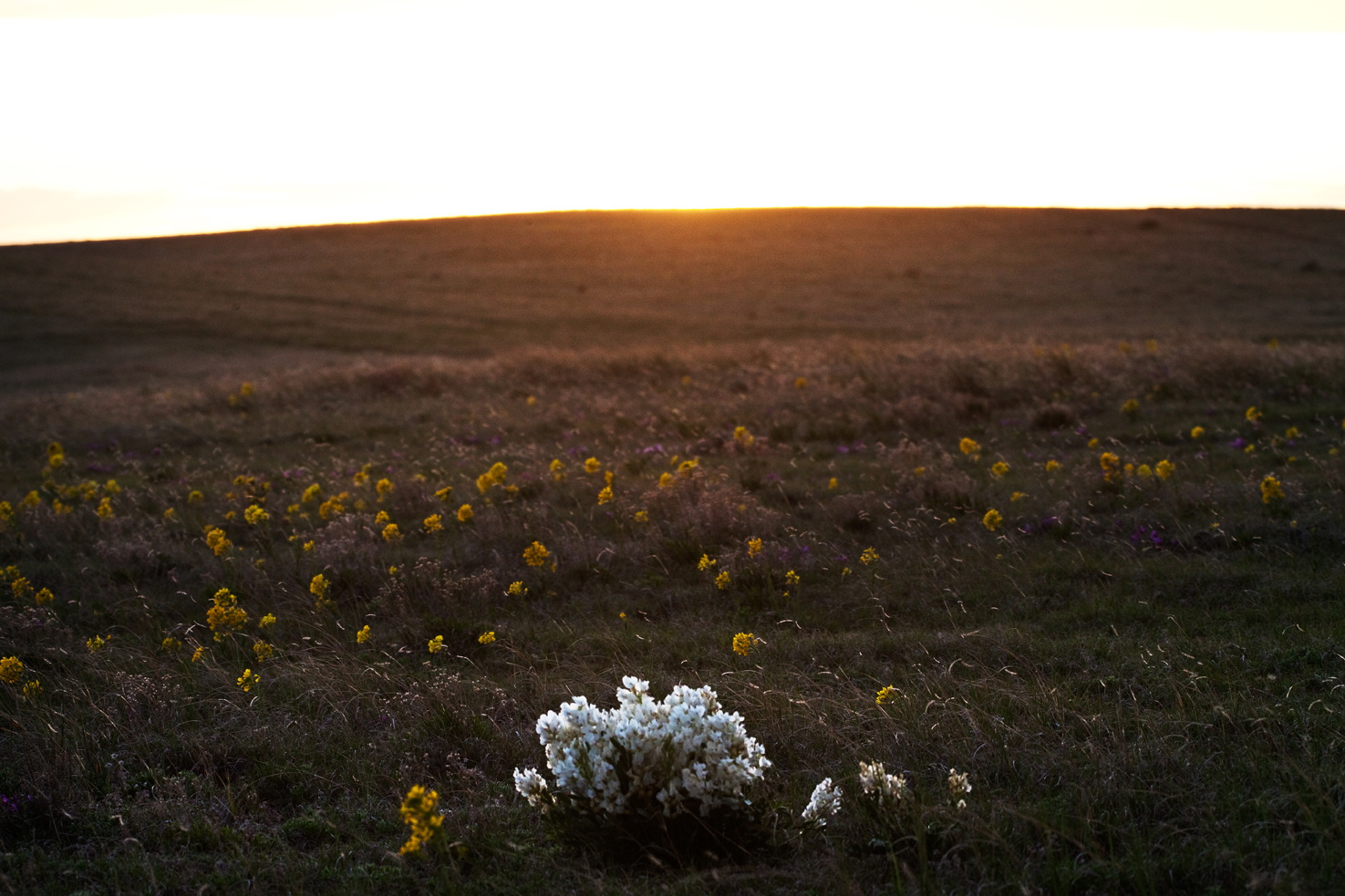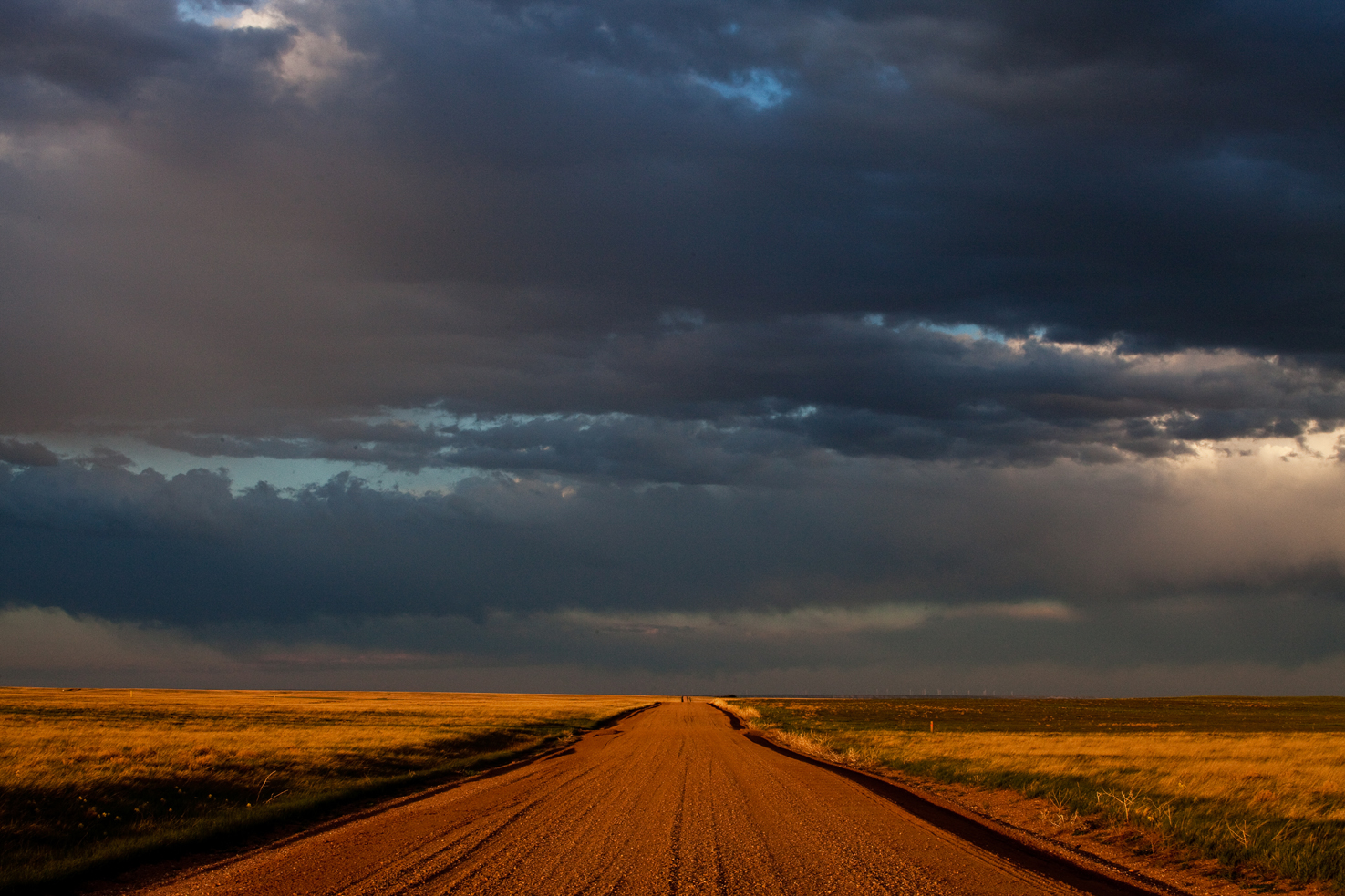(go directly to photo gallery)
The first time I saw the San Luis Valley, I was mesmerized. It was on the first day of the road trip through the south-west that I took in February 2016. A friend recommended that we take CO 285 south into New Mexico, opting for smaller country roads rather than the interstate. I made a mental note to go back to this part of the state. Little did I know that life would bring me back just a few weeks later.
The scale and vastness of this valley is deceptive. Perception is altered; something 30 miles away seems like it should only be a 10 minute drive. Rt 17 or 285 cross the valley with barely a kink in the road for 50 miles. It's surrounded by Sangre de Cristo range to the east and the San Juan mountains to the west. In between, nothing but dusty, flat farmland, off-the-grid houses, a UFO lookout tower and campground and even an alligator farm, if it's not yet sold.
Nestled into the Sangre de Cristo mountains lay the largest sand dunes in North America. Designated as national parkland by President Clinton in the 1990's, Great Sand Dunes National Park is visible clear across the valley floor. An open expanse of protected sand, you're free to wander and camp anywhere you can walk. Be prepared for blazing hot sun and one serious leg and cardio workout.
About 10 miles from the park entrance, up a dirt road and another half-mile hike are Zapata Falls. I imagine they would be wonderful for a splash in the heat of the summer. In early March the falls were still frozen over, spectacular in their stillness.
Every spring, sand hill cranes migrating northward stop in the Monte Vista National Wildlife Refuge. In the morning they take off en masse to do what cranes do before returning to roost for the night. I arrived later than I had wanted to in the morning, but there were still thousands of them around.






















